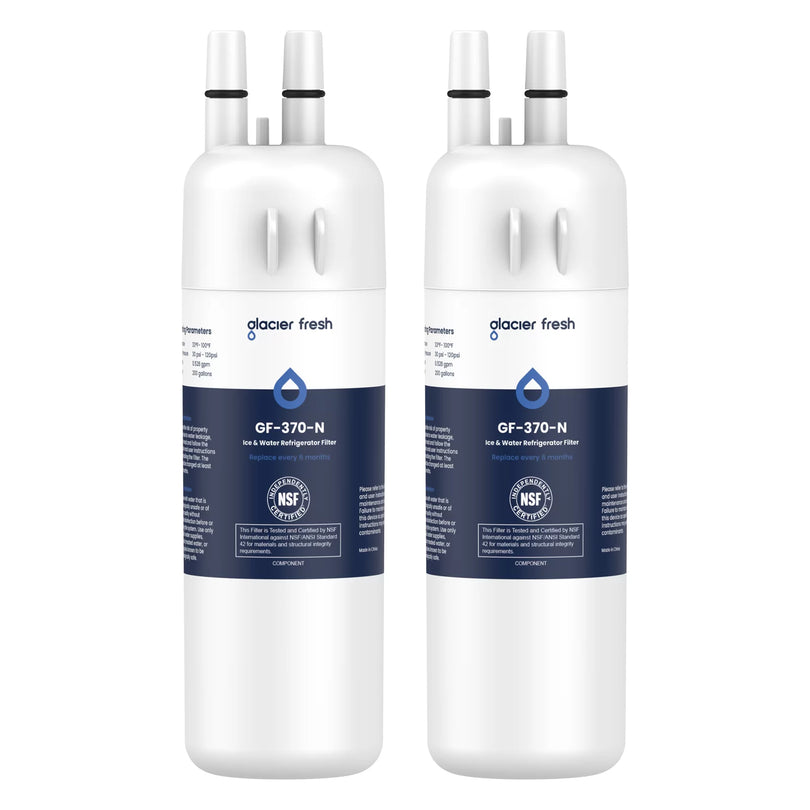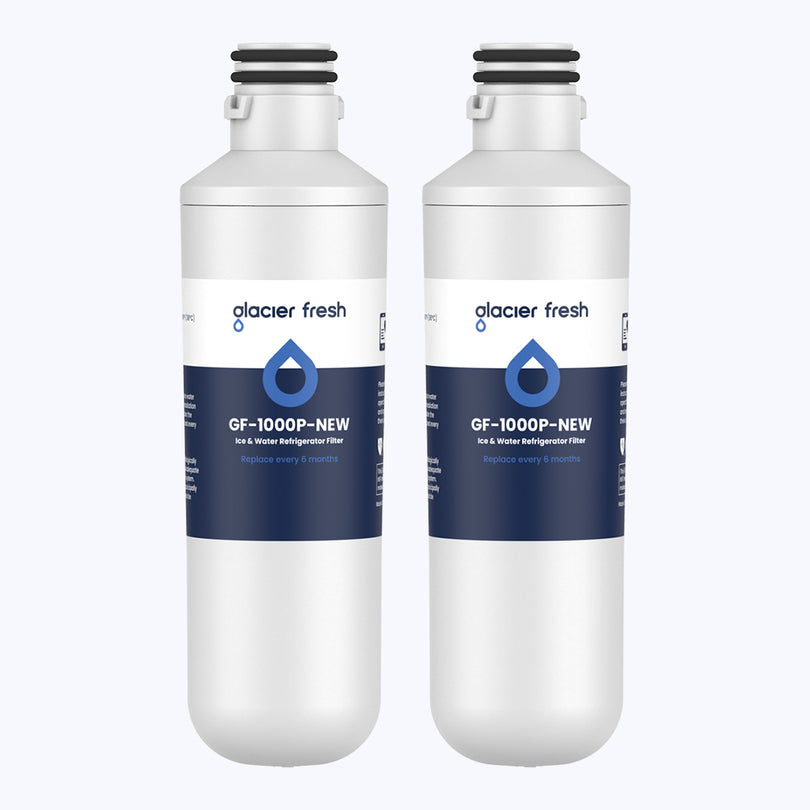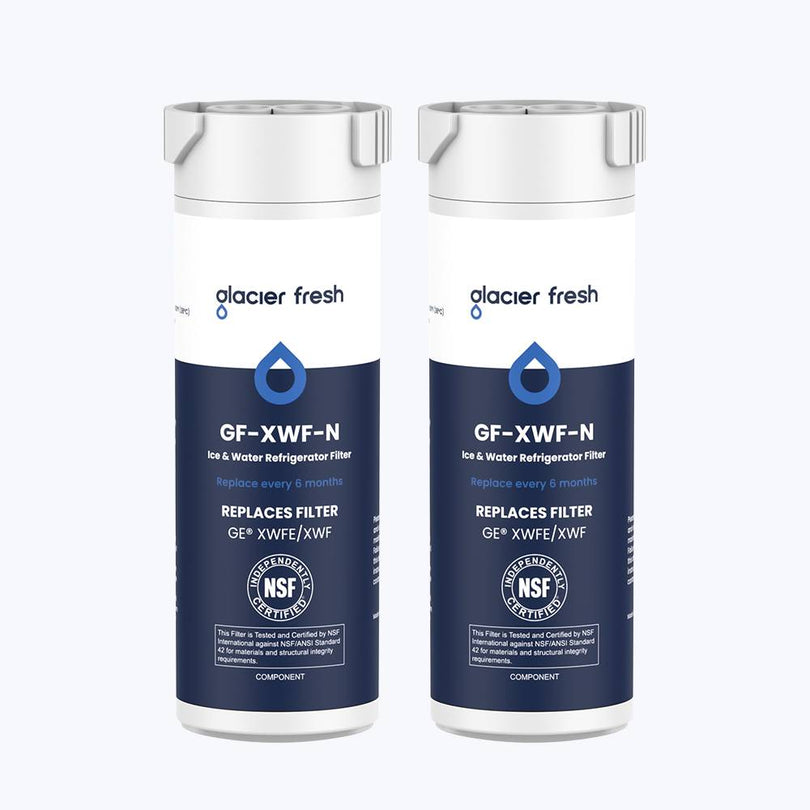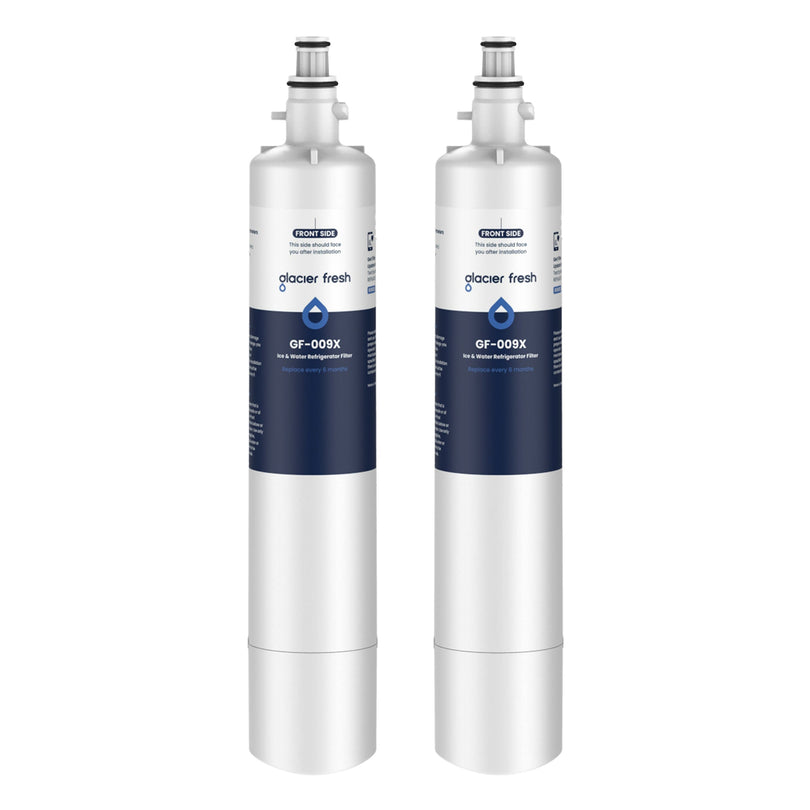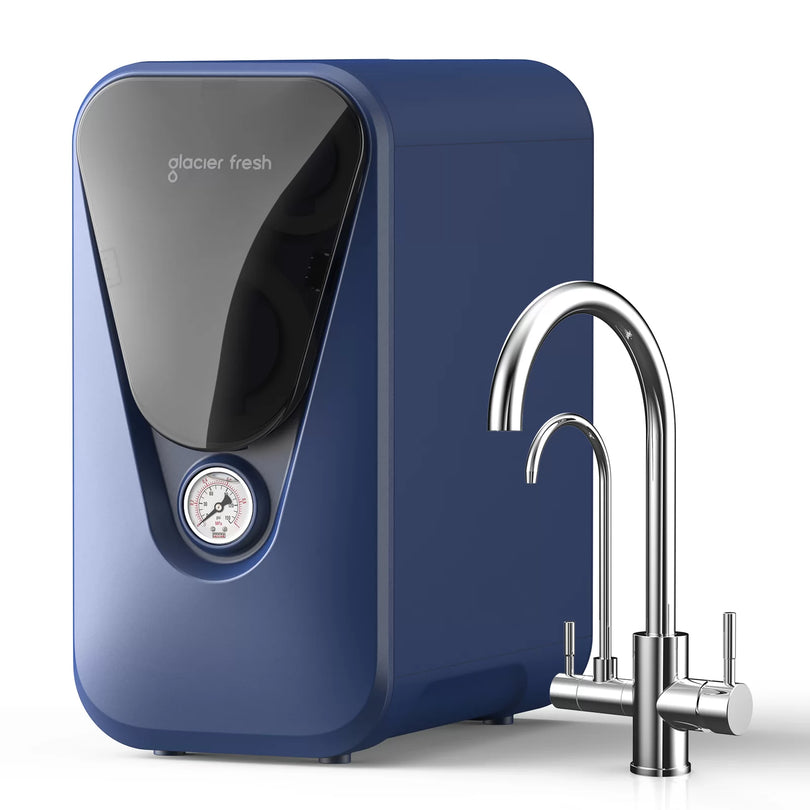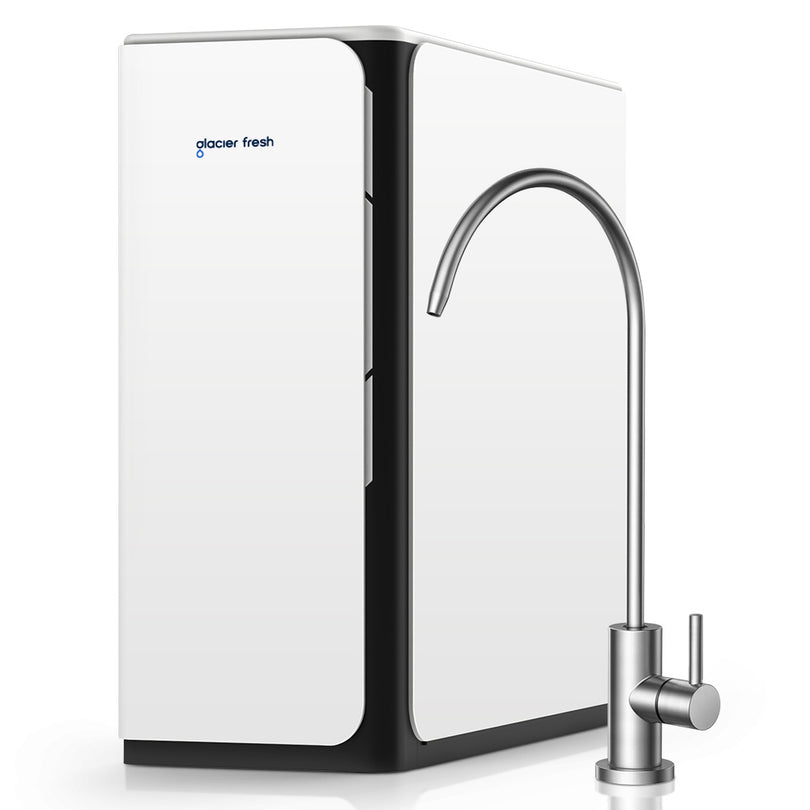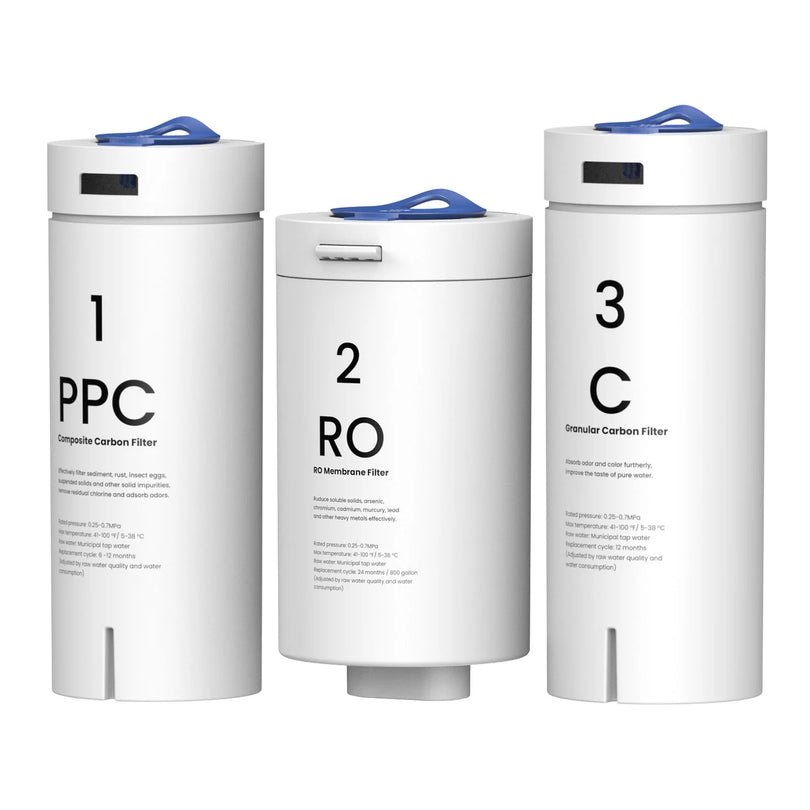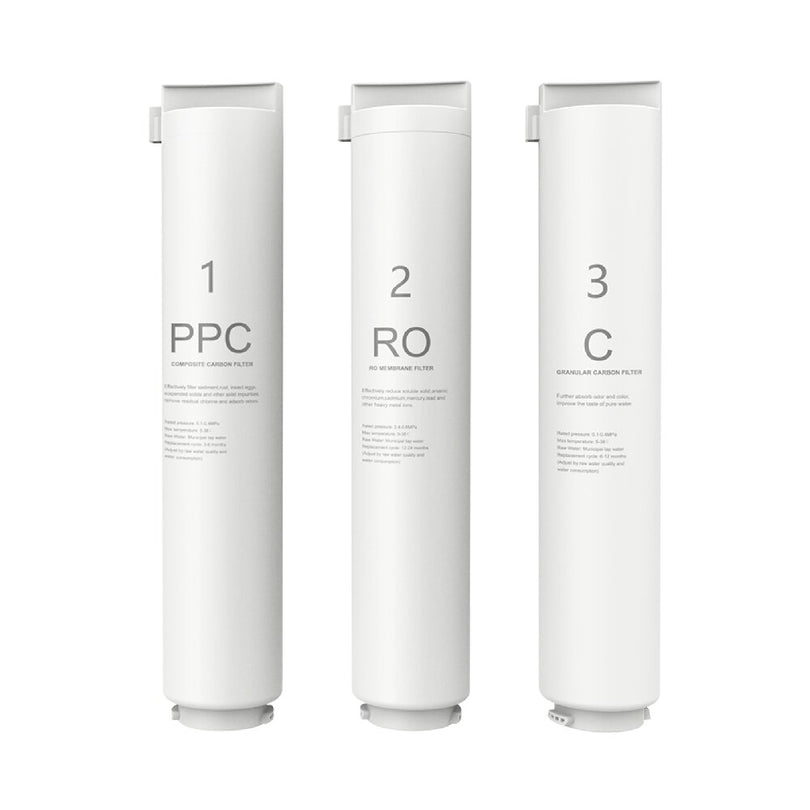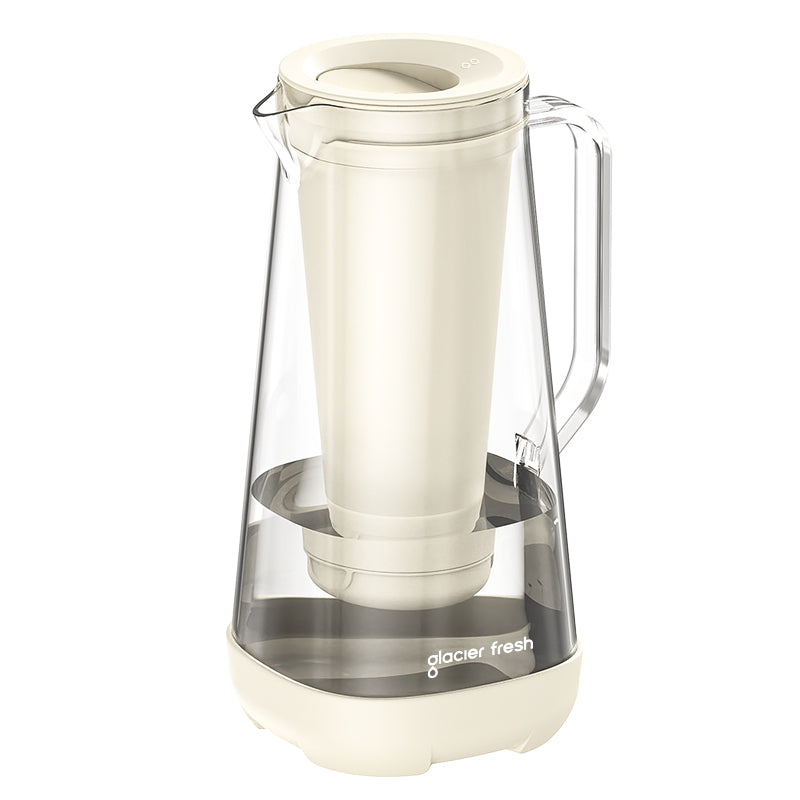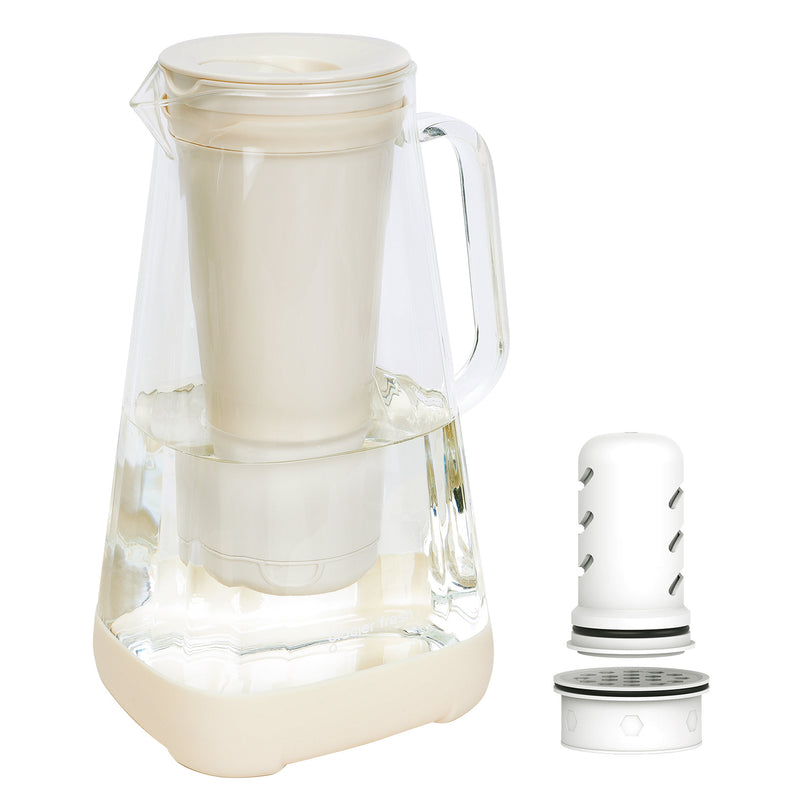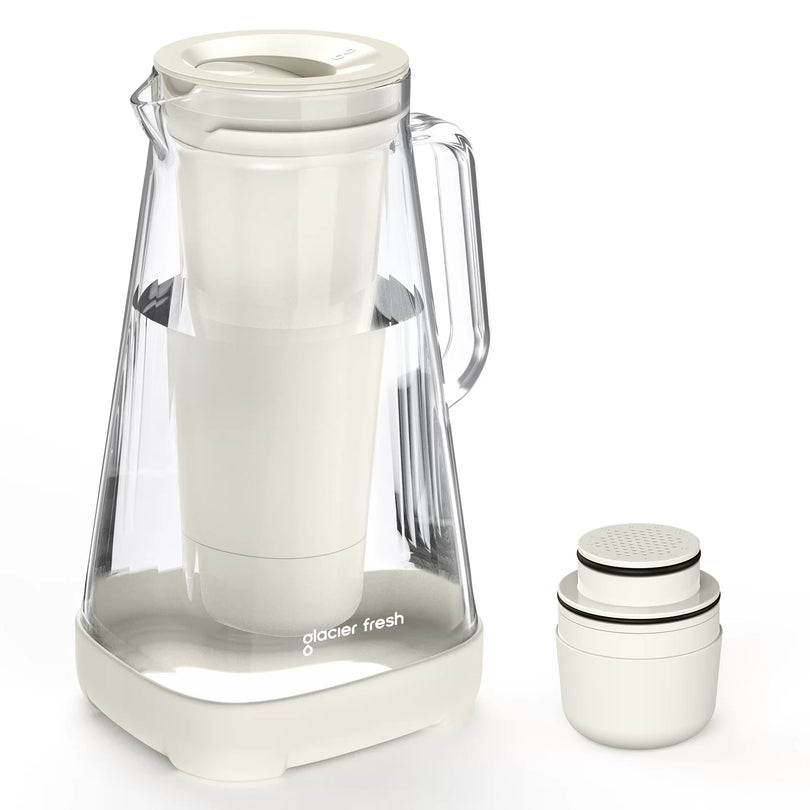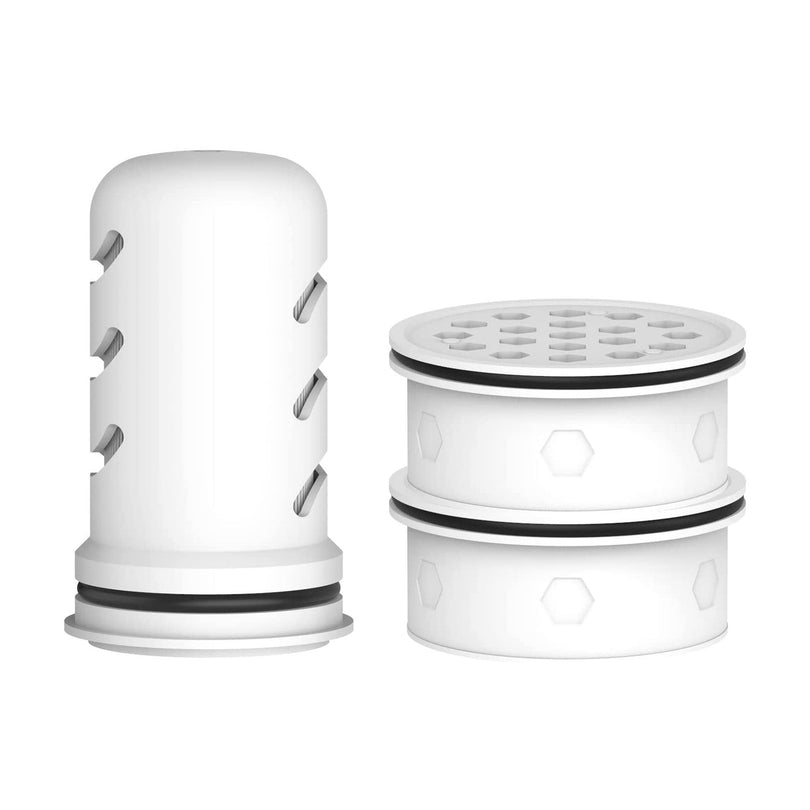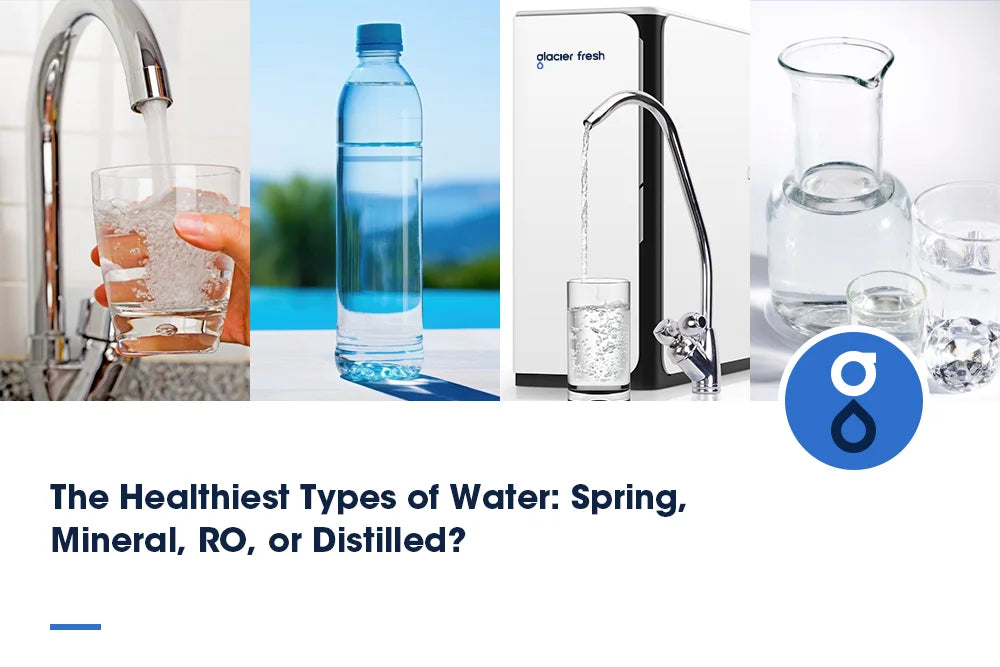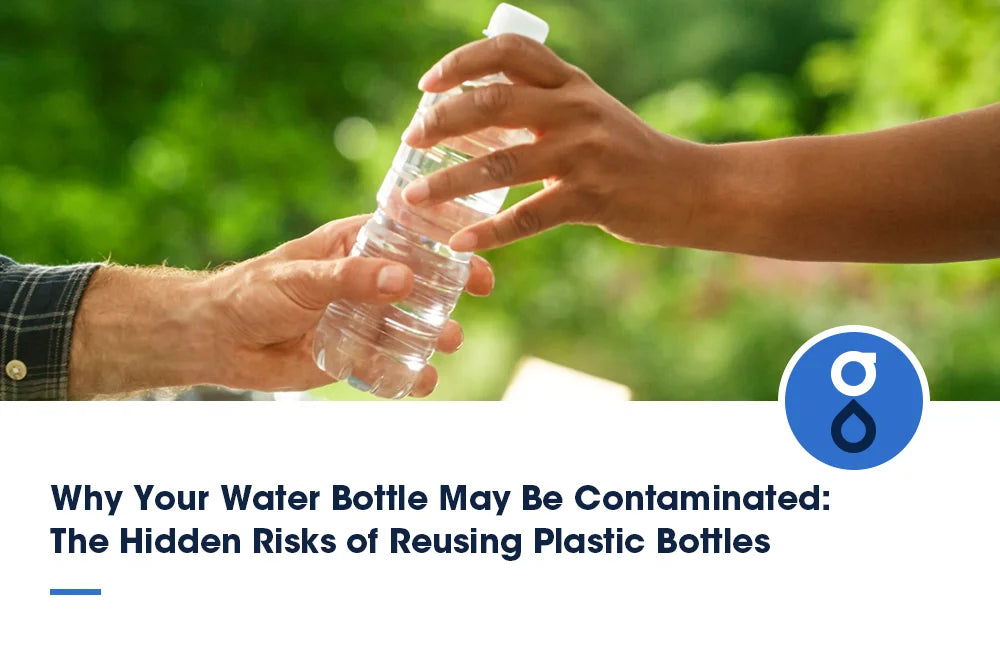Table of Contents:
Was ist Arsen?
Die Gesundheitsrisiken von Arsen im Trinkwasser
Wie eine Umkehrosmoseanlage Arsen entfernt
Einschränkungen und Herausforderungen von RO-Systemen bei der Arsenentfernung
Vorteile der Verwendung von RO zur Arsenentfernung
Alternativen zur Umkehrosmose zur Arsenentfernung
Abschluss
Die Sicherheit unseres Trinkwassers ist für die Gesundheit unerlässlich. Schadstoffe wie Schwermetalle, Pestizide und Mikroorganismen können die Qualität unserer Wasserversorgung beeinträchtigen. Einer der besorgniserregendsten Schadstoffe ist Arsen, eine giftige Substanz, die sowohl aus natürlichen als auch aus künstlichen Quellen in die Wasserversorgung gelangen kann. Glücklicherweise bieten moderne Wasserfiltersysteme, insbesondere die Umkehrosmose (RO), eine effektive Lösung zur Entfernung von Arsen und stellen sicher, dass Ihr Wasser für den Verzehr unbedenklich ist.
In diesem Blog untersuchen wir Arsen, warum es ein Gesundheitsrisiko darstellt und wie dieser schädliche Schadstoff durch Umkehrosmose aus dem Trinkwasser entfernt wird.
Was ist Arsen?

Arsen Arsen ist ein natürlich vorkommendes Element in der Erdkruste. Es kann durch die Verwitterung von Gestein und Boden oder durch menschliche Aktivitäten wie Bergbau, industrielle Prozesse und landwirtschaftliche Abwässer ins Grundwasser gelangen. Arsenverunreinigungen im Trinkwasser sind in bestimmten Regionen besonders problematisch, da sie gefährliche Werte erreichen können.
Arsen kommt in Wasser in zwei Hauptformen vor: anorganisches Arsen (As(III) und As(V)) und organisches Arsen. Während organische Arsenverbindungen in der Regel weniger giftig sind, ist anorganisches Arsen deutlich gesundheitsschädlicher und kommt am häufigsten in verunreinigtem Wasser vor.
Die Gesundheitsrisiken von Arsen im Trinkwasser
Eine langfristige Belastung mit anorganischem Arsen im Trinkwasser kann zu einer Reihe schwerwiegender gesundheitlicher Probleme führen:
- Krebs : Arsenexposition ist ein bekanntes Karzinogen, insbesondere für Haut-, Blasen-, Lungen- und Leberkrebs.
- Herzkrankheiten : Chronische Arsenbelastung kann das Herz-Kreislauf-System schädigen und das Risiko von Herzkrankheiten und Schlaganfällen erhöhen.
- Neurologische Auswirkungen : Längerer Arsenexposition, insbesondere bei Kindern, wird mit Entwicklungs- und kognitiven Problemen in Verbindung gebracht.
- Hautläsionen : Eines der frühesten Anzeichen einer Arsenvergiftung ist die Entwicklung von Hautausschlägen und -läsionen.
Selbst eine kurzfristige Belastung mit hohen Arsenkonzentrationen kann zu akuten Symptomen wie Übelkeit, Erbrechen, Durchfall, Bauchschmerzen und in extremen Fällen zum Tod führen.
Zum Schutz der öffentlichen Gesundheit hat die US-Umweltschutzbehörde EPA den maximalen Schadstoffgehalt (MCL) für Arsen im Trinkwasser auf 10 Teile pro Milliarde (ppb) festgelegt. Viele Experten sind jedoch der Ansicht, dass jede Arsenbelastung schädlich ist, was die Notwendigkeit wirksamer Filterlösungen unterstreicht.
Wie eine Umkehrosmoseanlage Arsen entfernt
Das Umkehrosmosesystem unter der Spüle ist eine der zuverlässigsten und effizientesten Methoden zur Wasserreinigung. Es presst das Wasser durch eine halbdurchlässige Membran, die Verunreinigungen zurückhält und nur saubere Wassermoleküle durchlässt.
Ein RO-System umfasst typischerweise mehrere Filterstufen:
- Vorfilterung : Entfernt größere Partikel und Sedimente.
- Umkehrosmosemembran : Die primäre Filterstufe, in der die meisten Verunreinigungen, einschließlich Arsen, entfernt werden.
- Nachfiltration : Ein Polierfilter, der für sauberes, gereinigtes Wasser sorgt.
RO-Systeme sind besonders wirksam bei der Entfernung vieler Schadstoffe, darunter Chlor, Fluorid, Schwermetalle wie Blei, Pestizide und, was wichtig ist, Arsen .
Einschränkungen und Herausforderungen von RO-Systemen bei der Arsenentfernung
Obwohl die Umkehrosmose sehr effektiv ist, gibt es bei der Entfernung von Arsen einige Einschränkungen:
- Arsen(III) vs. Arsen(V) : Wie bereits erwähnt, entfernen RO-Systeme Arsen(V) (die oxidierte Form) im Allgemeinen besser, während Arsen(III) eine zusätzliche Behandlung erfordert. Einige RO-Systeme enthalten in der Vorfiltration Oxidationsmittel (wie Chlor oder Ozon), um Arsen(III) in Arsen(V) umzuwandeln und so eine effizientere Entfernung zu gewährleisten.
- Systemwartung : Wie alle Filtersysteme benötigen RO-Anlagen regelmäßige Wartung , um effizient zu funktionieren. Die RO-Membran muss regelmäßig (alle 2-3 Jahre) ausgetauscht werden, und auch die Vorfilter sollten regelmäßig gewechselt werden. Mangelnde Wartung kann zu einer verminderten Arsenentfernung und Ineffizienz des Systems führen.
- Wasserverschwendung : Herkömmliche Umkehrosmosesysteme verschwenden eine erhebliche Menge Wasser (normalerweise 11,5 bis 15,2 Liter pro Liter gereinigtem Wasser). Neuere Durchlauferhitzer-Umkehrosmosesysteme sind jedoch wassersparender, und einige Systeme sind für die Rückgewinnung von Abwasser für andere Zwecke als Trinkwasser konzipiert.
Vorteile der Verwendung von RO zur Arsenentfernung

Trotz der Herausforderungen bietet die Umkehrosmose zur Arsenentfernung viele Vorteile:
- Hohe Wirksamkeit : RO-Systeme können die Arsenkonzentration erheblich senken und liegen oft unter den von der EPA festgelegten Grenzwerten für sicheres Trinkwasser.
- Komfort : Einmal installiert, liefern RO-Systeme kontinuierlich gereinigtes Wasser direkt aus dem Wasserhahn. Sie benötigen kein teures Flaschenwasser oder sperrige Filterkannen.
- Verbesserter Geschmack und Geruch : RO-Systeme entfernen Arsen, Chlor , schlechten Geschmack und Gerüche und Sie erhalten sauberes, frisch schmeckendes Wasser.
- Gesundheitsvorteile : RO-Systeme können Ihre Familie vor den Gesundheitsrisiken schützen, die mit Arsen und anderen Schadstoffen verbunden sind, indem sie schädliche Verunreinigungen entfernen.
Alternativen zur Umkehrosmose zur Arsenentfernung
Obwohl RO eine hervorragende Option zur Arsenentfernung darstellt, gibt es auch andere Filtermethoden, die in Betracht gezogen werden sollten:
- Aktivierte Aluminiumoxidfilter : Diese Filter entfernen Arsen wirksam, weisen jedoch Einschränkungen hinsichtlich der Durchflussrate auf und müssen regelmäßig mit Säure reaktiviert werden.
- Destillationssysteme : Diese Systeme kochen Wasser, um Verunreinigungen durch Kondensation zu trennen. Sie sind effektiv, können aber energieintensiv und langsam sein.
- Ionenaustauschsysteme : Diese Systeme ersetzen Arsenionen durch weniger schädliche Ionen. Sie sind zwar wirksam, müssen jedoch regelmäßig regeneriert werden und sind möglicherweise nicht für alle Wassertypen geeignet.
Jede dieser Alternativen hat Vor- und Nachteile, aber die Umkehrosmose bleibt eine der umfassendsten und zuverlässigsten Methoden zur Arsenentfernung.
Abschluss
Arsen ist ein gefährlicher Schadstoff, der im Trinkwasser ernsthafte Gesundheitsrisiken bergen kann. Umkehrosmoseanlagen bieten eine effektive Lösung zur Arsenentfernung und sorgen für sicheres, sauberes Trinkwasser. Obwohl insbesondere die Entfernung von Arsen(III) einige Herausforderungen mit sich bringt, können moderne RO-Systeme mit Vorfilterung und Oxidationsstufen den Arsengehalt deutlich reduzieren.
Wenn Sie sich Sorgen wegen Arsen in Ihrem Wasser machen, ist eine Wasseranalyse ratsam. Bei einer Verunreinigung kann eine Umkehrosmoseanlage eine sichere und effiziente Lösung für Ihr Zuhause bieten. Folgen Sie Glacier Fresh , um weitere Wasserfilterlösungen zu entdecken.


